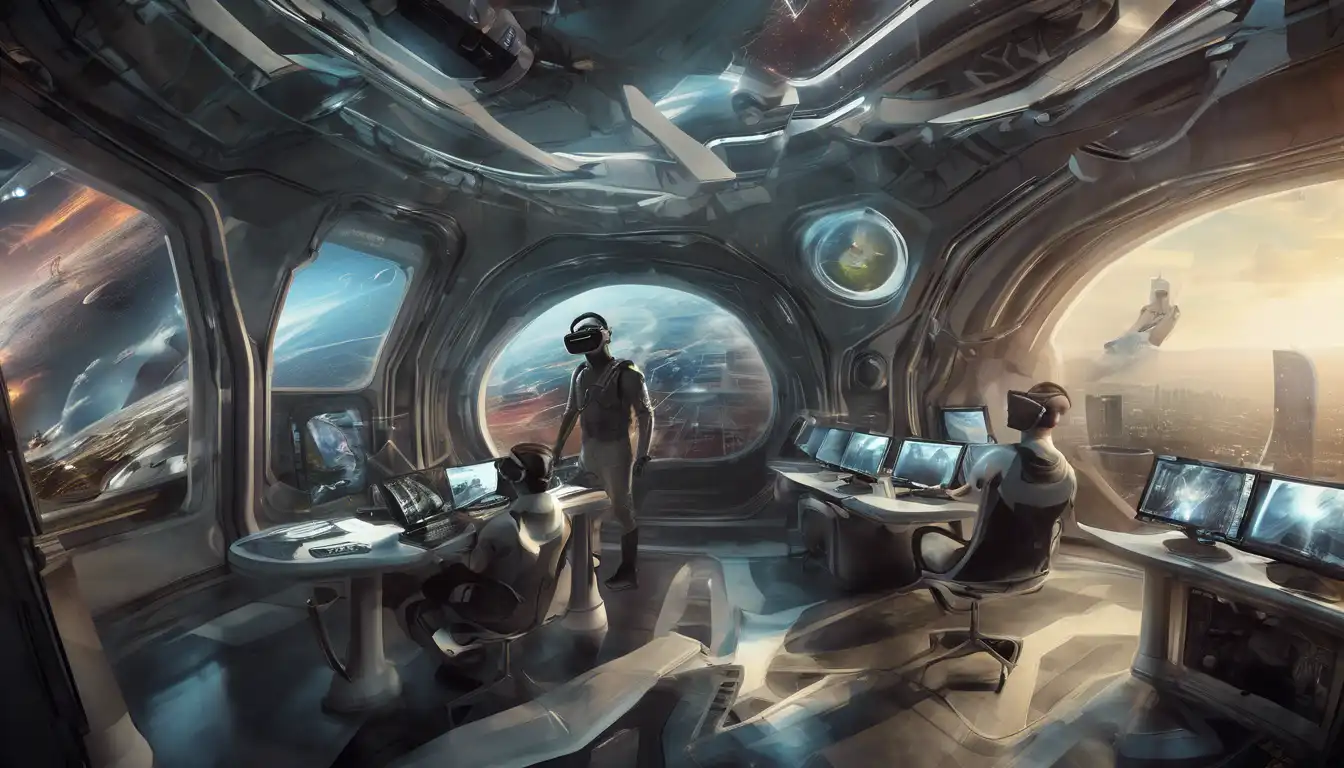Introduction to Virtual Reality
Virtual Reality (VR) is rapidly becoming one of the most exciting and transformative technologies of our time. By creating immersive, interactive environments, VR has the potential to revolutionize how we work, learn, and play. This article delves into the current state of VR technology, its applications, and what the future holds.
The Current State of VR Technology
Today's VR technology offers unprecedented levels of immersion, thanks to advancements in hardware and software. High-resolution displays, precise motion tracking, and realistic haptic feedback are just a few of the features that make modern VR systems so compelling. Companies like Oculus, HTC, and Sony are at the forefront of this innovation, pushing the boundaries of what's possible.
Applications of Virtual Reality
VR is not just for gaming. Its applications span various industries, including:
- Education: VR can simulate historical events or scientific phenomena, providing students with immersive learning experiences.
- Healthcare: From surgical training to patient rehabilitation, VR is making significant contributions to medical fields.
- Real Estate: Virtual tours allow potential buyers to explore properties without leaving their homes.
- Entertainment: Beyond games, VR is being used for virtual concerts and movies, offering new ways to experience media.
The Future of Virtual Reality
The potential for VR is limitless. With the advent of 5G technology, cloud-based VR experiences will become more accessible, reducing the need for expensive hardware. Furthermore, advancements in AI and machine learning will enable more personalized and interactive virtual environments. As VR technology continues to evolve, it will undoubtedly play a pivotal role in shaping the future of digital interaction.
Challenges and Considerations
Despite its potential, VR faces several challenges, including high costs, technical limitations, and concerns about privacy and data security. Addressing these issues will be crucial for widespread adoption. However, with ongoing research and development, the VR industry is poised to overcome these obstacles.
For those interested in exploring VR further, consider checking out our latest tech trends article for more insights into emerging technologies.
Conclusion
Virtual Reality represents the next frontier in technology, offering endless possibilities for innovation and transformation. As we continue to explore and expand the capabilities of VR, it's clear that this technology will have a profound impact on our digital and physical worlds. The journey into virtual reality is just beginning, and the future looks incredibly promising.
